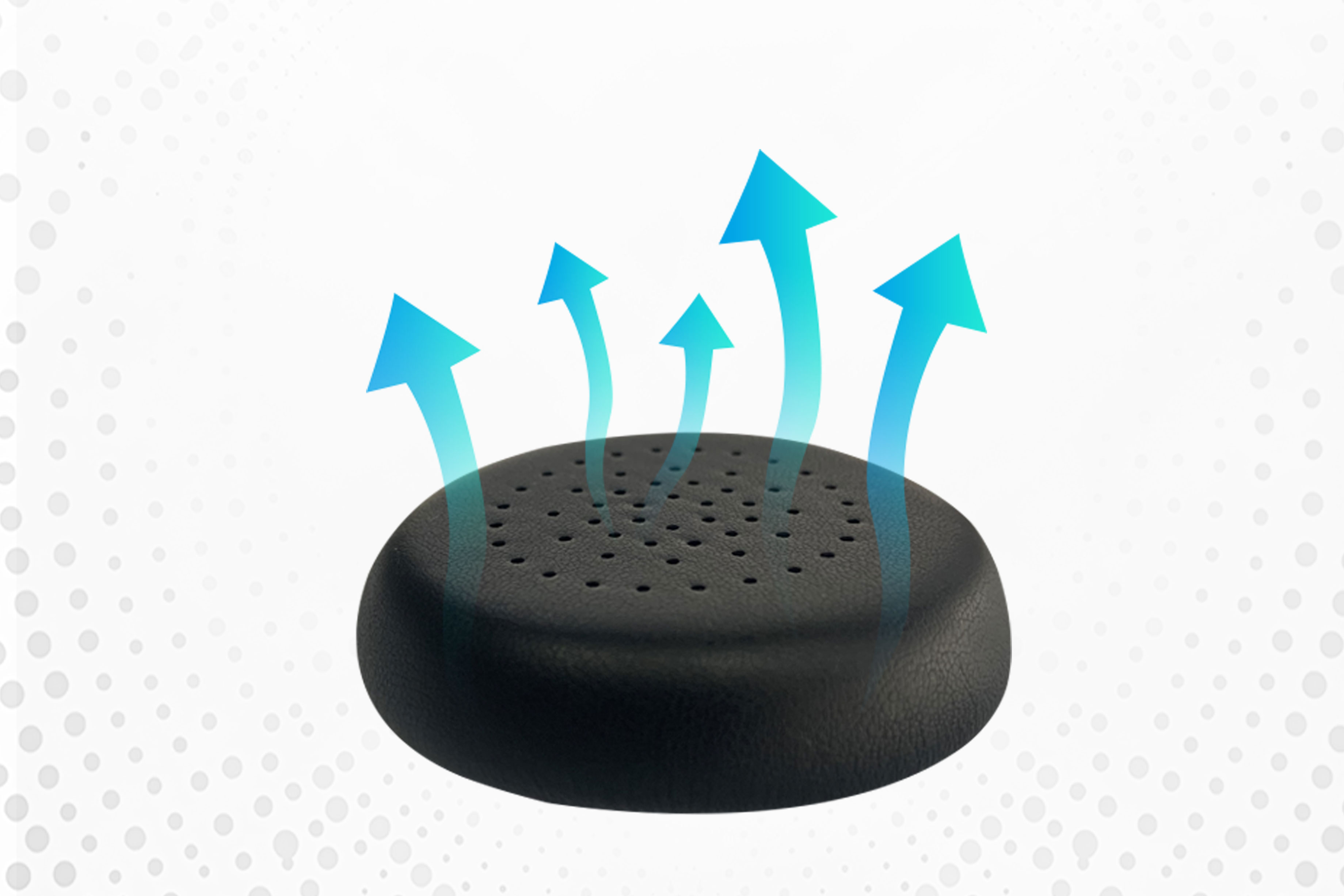Selecting headphones involves more than just sound quality; the design of the ear cushions significantly affects comfort, noise isolation, and longevity. The plush memory foam or soft leather used in these cushions can make all the difference during extended listening sessions. This article outlines the distinctions between on-ear, over-ear, and in-ear headphones, guiding you to make the best choice for your work or leisure activities.
On-ear headphones rest directly on the ears, offering a snug fit that can be both comfortable and slightly warm over long periods. Over-ear headphones enclose the entire ear, providing superior noise isolation and a spacious soundstage, ideal for immersive audio experiences. In-ear headphones, also known as earbuds, sit inside the ear canal, delivering a secure fit and excellent noise cancellation, perfect for active lifestyles and commuting. Each type has unique features tailored to different preferences and needs, ensuring you find the perfect match for your auditory adventures.
On-ear headphones use ear cushions that rest directly on the ear. Their main advantage is their compactness and lightness.
Advantages:
Portability – Lightweight and easy to carry.
Comfort – Less pressure on the head compared to over-ear models.
Breathability – Allows better airflow, reducing ear sweat.
Affordability – Generally more budget-friendly than over-ear options.
Style Variety – Available in many designs and colors.
Disadvantages:
- Reduced isolation: they allow external sounds to pass through.
- May cause discomfort if used excessively.
- Not suitable for environments with high ambient noise.
Over-Ear Headphones (earmuffs that completely surround the ear)

Advantages:
Superior Sound Isolation – Blocks external noise effectively.
Enhanced Comfort – Distributes pressure evenly, ideal for long sessions.
Better Sound Quality – Larger drivers often deliver richer bass and clearer audio.
Reduced Sound Leakage – Minimizes audio spillage to surroundings.
Premium Build – Often includes high-end materials for durability.
Richer and deeper sound due to its internal volume.
Disadvantages:
Bulkier & Heavier – Less portable than on-ear/in-ear options.
Heat Build-up – Ear cushions may cause warmth during extended use.
Higher Price – Typically more expensive than on-ear models.
Less Stylish Variety – Fewer compact/trendy designs compared to on-ear.
In-Ear Headphones (internal earphones with silicone ear cushions)
Advantages:
Ultra-Portable – Small, lightweight, and easy to carry.
Noise Isolation – Silicone tips seal the ear canal, blocking ambient noise.
Secure Fit – Ideal for workouts and active use (less likely to fall out).
Affordable Options – Wide price range, including budget-friendly models.
Discreet Design – Less visible than over-ear/on-ear headphones.
Disadvantages:
Ear Fatigue – Prolonged use may cause discomfort in the ear canal.
Sound Leakage Risk – Poor fit can reduce noise isolation and bass.
Hygiene Concerns – Ear tips collect earwax and require regular cleaning.
Durability Issues – Wires and small components are prone to damage.
Limited Soundstage – Smaller drivers may lack depth compared to over-ear models.
The choice between on-ear, over-ear, or in-ear headphones depends on priorities: portability (on-ear/in-ear), comfort (over-ear), or situational needs (e.g., commuting vs. studio use). Understanding pad design trade-offs ensures a tailored listening experience.

